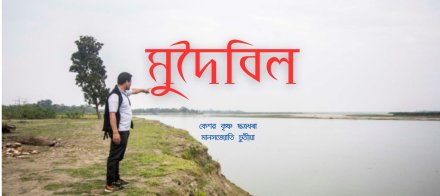Nagaland: Public alert issued for Doyang reservoir as water levels rise
Deputy Commissioner and Chairman of the District Disaster Management Authority (DDMA) Wokha, Nagaland, Vineet Kumar, IAS, has issued a public notice regarding the rising water levels in the Doyang Reservoir due to incessant rainfall in the catchment area of the Doyang River.
The water level is expected to reach full reservoir level if the current inflow continues.
In response to this situation, the radial gates of the Doyang Dam will be opened to release excess water in a controlled manner. This operation will cause the excess inflow to spill over and flow downstream of the Doyang Power House.
Source:


